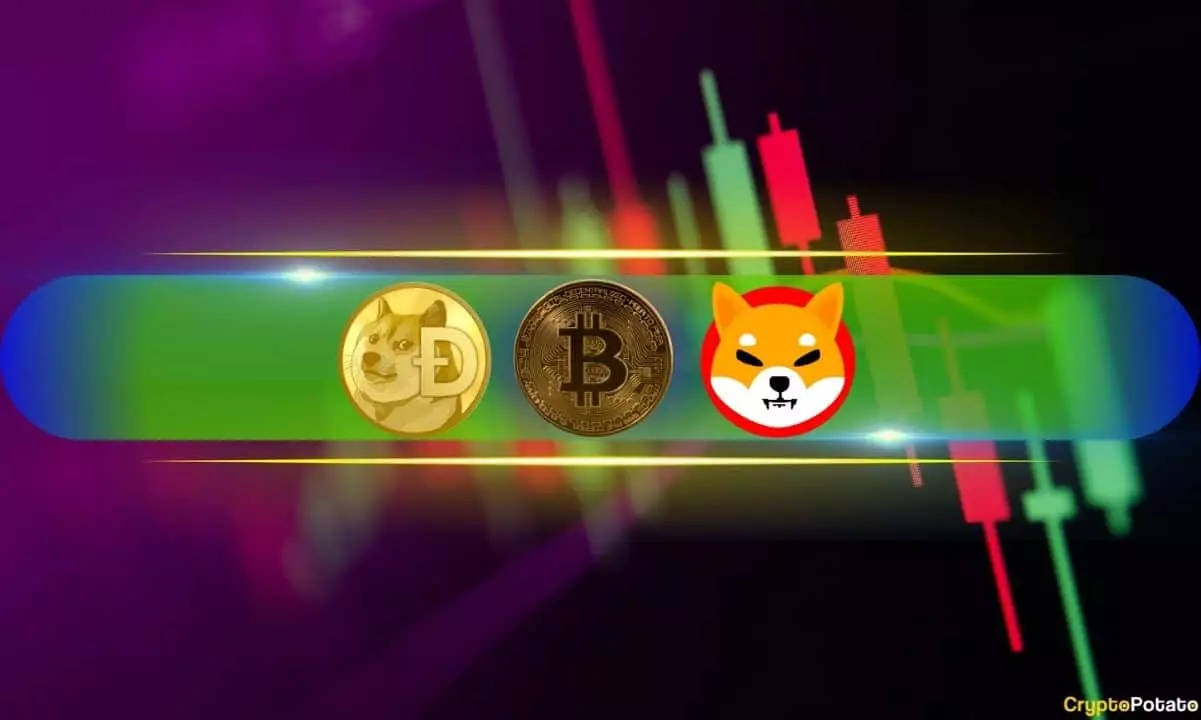Bitcoin’s recent price movements have been nothing short of a rollercoaster ride for investors. After a promising start to the week with a pump to almost $65,000, the cryptocurrency faced a series of steep declines that saw its price drop below $60,000. This correction culminated in a two-month low of $56,500 before bouncing back following the latest US FOMC meeting. The market’s reaction to the Fed’s announcement that interest rates would not be raised soon led to a $2,000 pump and dump scenario, ultimately returning Bitcoin to its starting position.
While Bitcoin struggled to find stability, altcoins experienced a resurgence in tandem with the leading cryptocurrency’s recovery. The volatile meme coin sector saw impressive gains, with Dogecoin, PEPE, SHIB, and STX leading the charge. Dogecoin surged by over 12%, trading at $0.15, while PEPE and SHIB posted gains of 11.7% and 8%, respectively. STX soared by 14% to $2.4, showcasing the market’s appetite for high-risk, high-reward assets.
Despite the turbulent market conditions, Ethereum and Binance Coin also recorded significant gains, with both cryptocurrencies increasing by around 3.5%. Ethereum surpassed the $3,100 mark, while Binance Coin reached $585. Other large-cap altcoins, including TON, BC, AVAX, NEAR, and HBAR, also saw green candles in the midst of the market recovery.
The overall cryptocurrency market witnessed a remarkable recovery, surging by over $200 billion since hitting a low on Wednesday. The total market cap now stands at $2.460 trillion on CoinGecko, reflecting renewed investor confidence and optimism in the future of digital assets. Bitcoin’s dominance remains strong at 50.5%, signaling its continued influence over the broader market.
Bitcoin’s recent price action serves as a reminder of the inherent volatility in the cryptocurrency market. While the recovery in prices is welcomed by investors, the rapid swings in value highlight the need for caution and diligence when navigating this ever-changing landscape. As market participants continue to monitor developments and adjust their strategies accordingly, the true test of resilience lies in the ability to weather the storm and emerge stronger on the other side.

